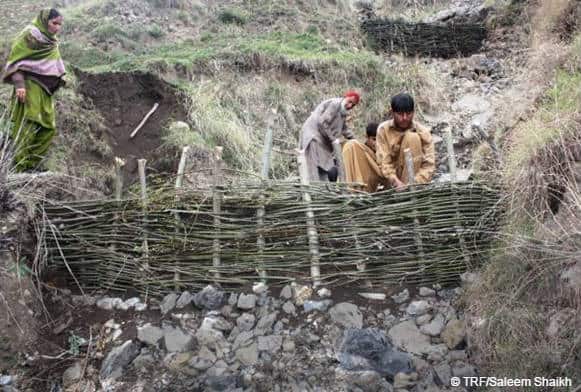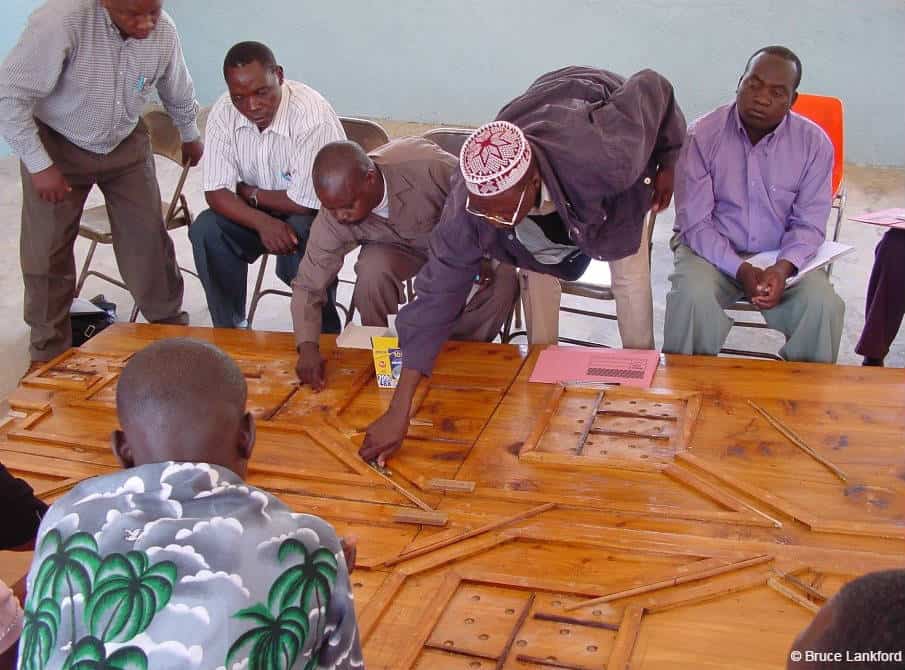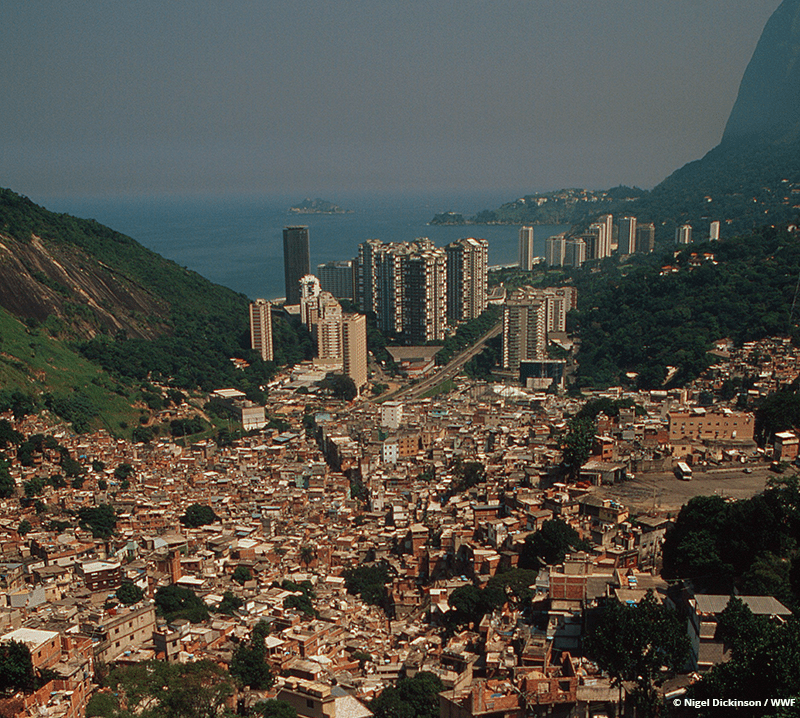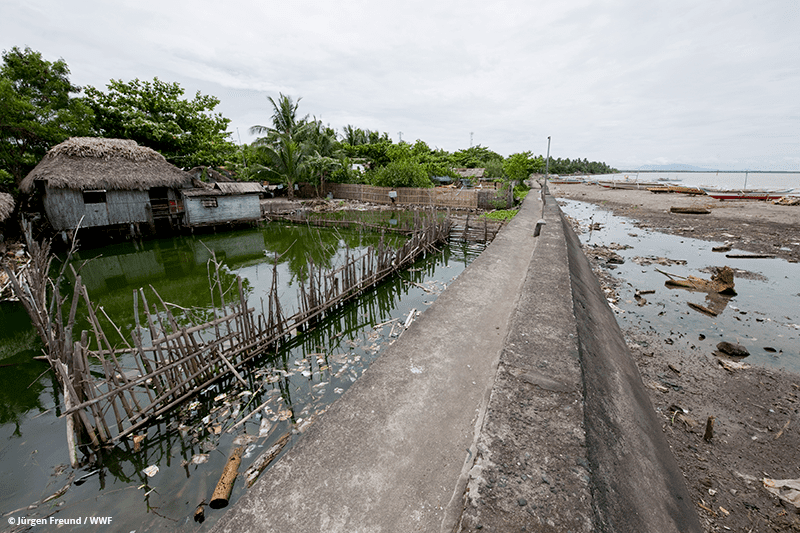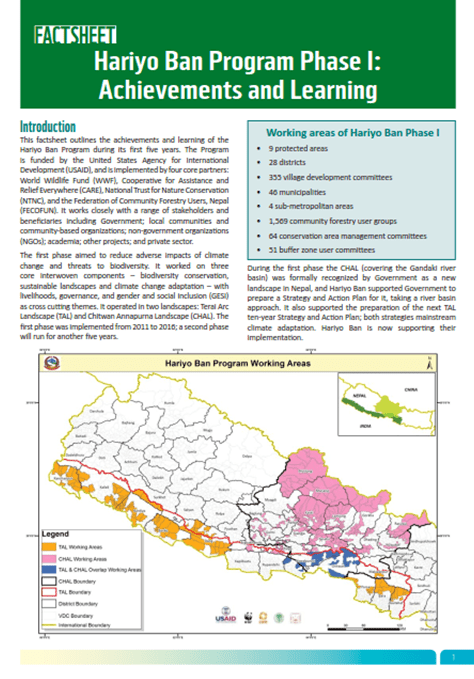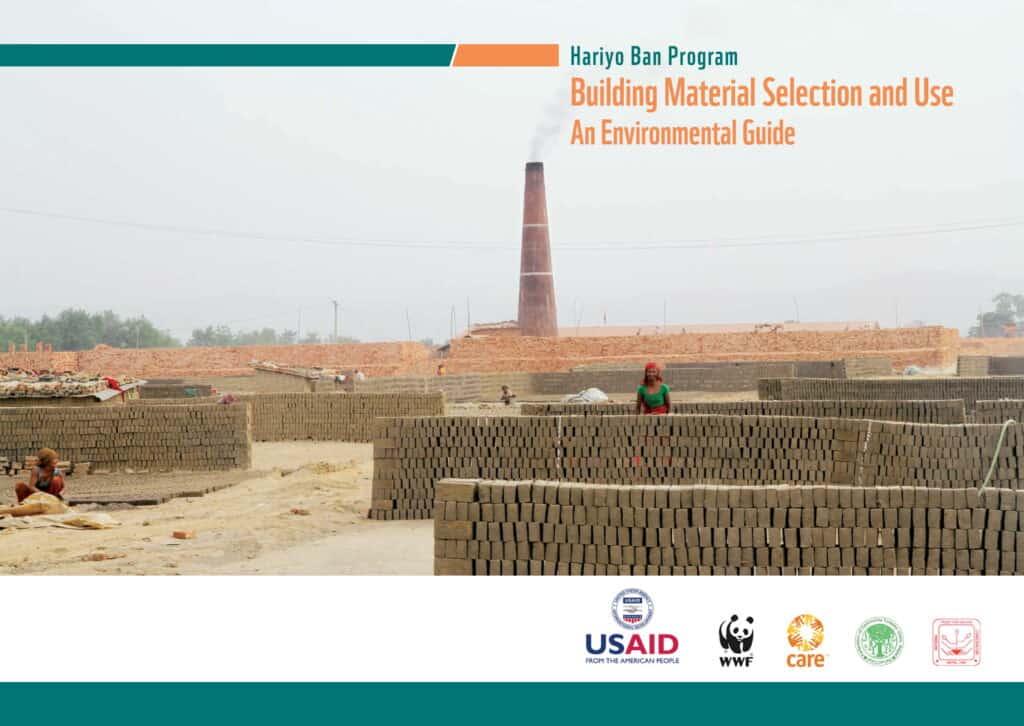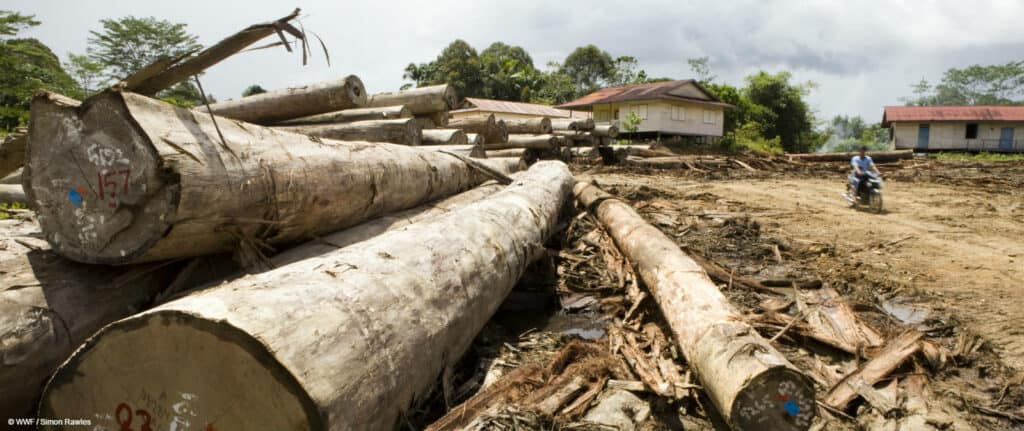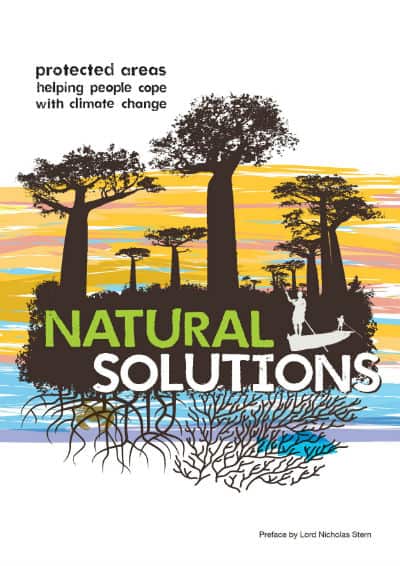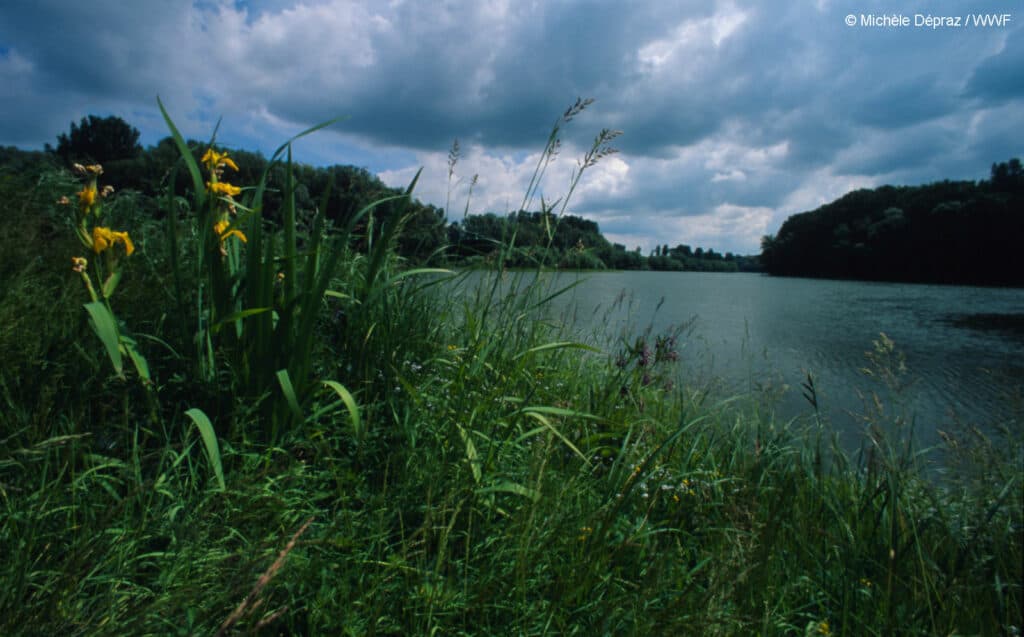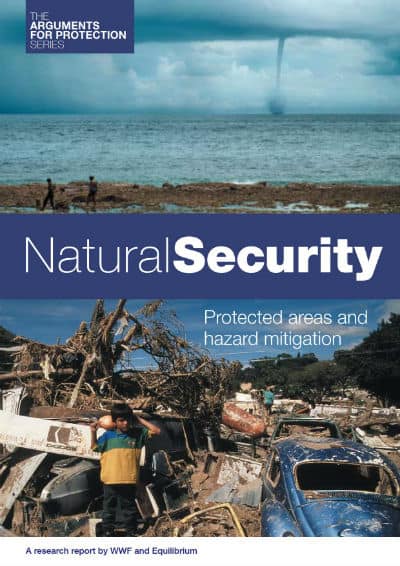Looking Upstream to Manage Flood Risk: A Pakistan Example
An integrated watershed approach to flood risk management addresses flood risk holistically and can lead to positive outcomes across multiple sectors. The Ayubia National Park (ANP) covers over 7,000 acres (3,000 hectares) in the Galliat region in Khyber Pakhtunkhwa, a northwestern province of Pakistan, and is located within the moist temperate zone of the Himalayan-Karakoram-Hindu…
Read MoreThe Role of Gaming in Water Resource Management
Bruce Lankford at the University of East Anglia in the United Kingdom developed the River Basin Game in 2000 to teach his students about management of shared resources. Dr. Lankford has since traveled to Tanzania, Malawi, Nigeria, South Africa and India and uses the game to engage community water users and municipal officials in the…
Read MoreVoices of Youth Mapping Risk Around the Globe
While some mapping is conducted by professionals with sophisticated technical equipment, UNICEF has instead targeted youths as experts in mapping social and environmental risks in communities around the world.[1] The goal behind this initiative is to enhance community engagement and participatory planning to more effectively reduce risk in vulnerable communities. The process starts with youth playing…
Read MoreEmploying Community Participation and Technology to Reduce Flood Risk in the Bicol River Basin
The Bicol River Basin (BRB), located in the southern portion of Luzon Island, Philippines, receives at least 2,000 mm of rainfall per year, primarily during typhoon season, and experiences regular flooding. In 2008, Christian Aid launched a pilot project, Reduction of Flood Risk in the Bicol River Basin II (BRB2), as a part of their…
Read MoreHariyo Ban Program Phase I: Achievements and Learning
In the aftermath of the Nepal Earthquake in 2015, the USAID supported Hario Ban Program and WWF Nepal conducted extensive green recovery and reconstruction training, developed demonstration sites, and supported a rapid environmental assessment (REA) which was conducted by the Nepal government and partners. This factsheet highlights some of the program achievements and lessons identified…
Read MoreBuilding Material Selection and Use – An Environmental Guide
Housing and shelter was one sector that was acutely impacted, approximately half a million homes collapsed or were damaged beyond repair and another 256,697 were partly damaged. Sudden, large-scale increases in building material demand can cause significant social and environmental risks, for example, erosion, deforestation, landslide and floods. The guide was developed to provide information…
Read MoreTimber Procurement Guidance Note for Haiti
The overall impacts of the demand for timber need to be considered to ensure the recovery efforts are truly beneficial to the long term well-being of the affected communities and do not increase vulnerability of other non-affected communities. Therefore, it is imperative that organizations show due diligence in their efforts to identify legal and responsibly…
Read MoreNatural Solutions
Protected areas are an essential part of the global response to climate change. They are helping address the cause of climate change by reducing greenhouse gas emissions. They are helping society cope with climate change impacts by maintaining essential services upon which people depend. Without them, the challenges would be even greater, and their strengthening will…
Read MoreLiving with Floods: Achieving Ecologically Sustainable Flood Management in Europe
During the last ten years or so, many European countries have repeatedly suffered tragic loss of life and massive economic damage due to catastrophic flooding. The answers to the question ‘why?’ are quite clear. The floods of recent years have become disasters because of human mismanagement of rivers, their floodplains and catchments.
Read MoreNatural Security: Protected Places and Hazard Mitigation
The Arguments for Protection project is assembling evidence on the social and economic benefits of protected areas to widen and strengthen support for park creation and management. In this volume we explore the increasing number and severity of so-called natural disasters, review how environmental degradation is contributing to this trend, look at how conservation through protection is…
Read More
